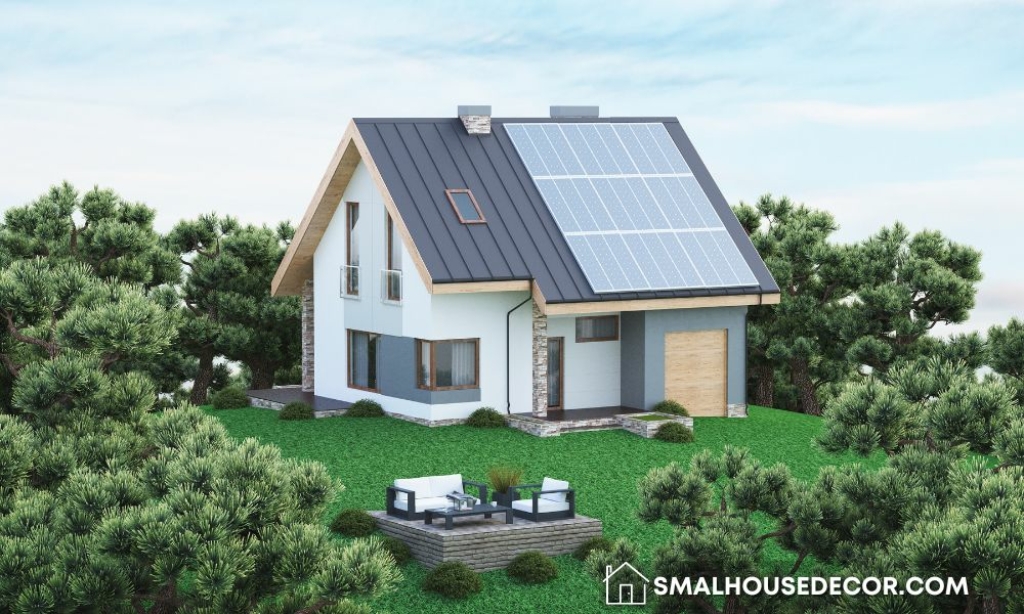Green living in a tiny space is becoming a trend today, especially since the United Nations called to reduce greenhouse gas emissions to meet that 43% decline goal by 2030.
People are intentionally downsizing their living spaces to help reduce the damaging impacts that the communities have on the environment. However, some homeowners become less environmentally friendly instead of maximizing the advantages of living in a tiny space.
This article will help you prevent committing the same mistake in green living in a tiny space. Check these sustainable strategies for making your small house eco-friendly.

3 Must-Haves to Transform Your Small House Eco-Friendly
The size of the house and its eco-friendly materials already contribute a positive impact on the environment. However, to mitigate the damaging effects of climate change, all property owners must maximize everything to take advantage of the sustainable strategies’ benefits. Here are the most common things most homeowners overlook when green living in a tiny space.
1. Solar Panels
When appropriately installed, the solar panels can efficiently generate power for your lights, appliances, gadgets, and other electrical devices and systems to make your green living tiny space eco-friendlier and more sustainable.
In addition, the solar panel’s structural design can withstand different weather conditions making it low and easy to maintain. However, you need to talk first to engineers and construction professionals to determine the ideal location of the solar panels and the estimated load profile of your small and eco-friendly house.
Also Read: 8 Reasons Why You Should Add a Solar Panel Roof to Your Home
2. Invest in Eco-Friendly Insulation
Eco-friendly insulation is both good for the environment and your wallet. It uses materials free from harmful and damaging chemicals that may risk the entire household’s health.
Eco-friendly insulation helps improve your tiny space’s indoor comfort and air quality by preventing the polluted outdoor air from getting inside your house, which may also cause a fluctuating indoor home temperature. Properly regulating the indoor air prevents your HVAC system from working harder to control the temperature inside the house, which means lower energy consumption allowing you will save more money on your monthly electric bill.
You can also install a well-insulated access door, such as a steel flush acoustical access door, to reduce the noise pollution in your home.
3. Make Use of the Natural Lighting
Natural light is vital when you choose green living in a tiny space. It has various advantages that your entire household can benefit such as the following:
- Energy Conservation – Utilizing the sunlight reduces the need for electric lighting, allowing you to lessen your carbon footprint while reducing your energy consumption.
- Improved health and well-being – Natural lighting positively impacts your overall well-being. It can also help improve your circadian rhythms, fixing your sleep pattern for better sleep quality and allowing you to be more active and productive during the day.
Final Thought
Green living in a tiny space is now becoming a necessity to prevent the progression of the current climate crisis. By incorporating these three things into your green living in a little space journey, you can guarantee that your tiny house will become more eco-friendly and sustainable, significantly impacting you and your family, your health, and the environment.